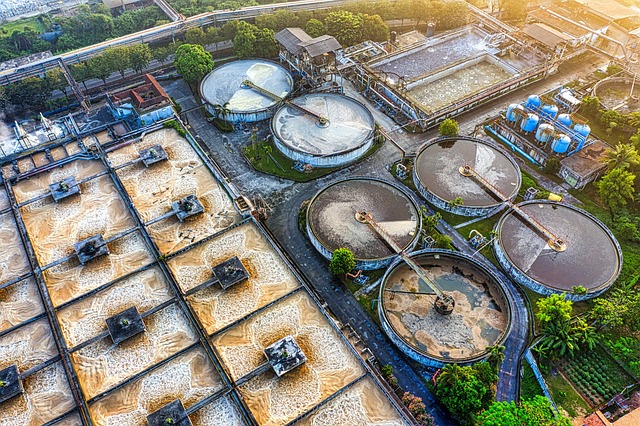Imagine a future where seawater transforms into pristine drinking water while seamlessly storing renewable energy. Led by Dr. André Taylor, researchers at NYU Tandon School of Engineering have shattered boundaries, enhancing the efficiency of desalination and revolutionizing energy storage. Published in Cell Reports Physical Science, their findings promise a tantalizing glimpse into a sustainable future, where water scarcity and renewable energy dilemmas meet their match.

Turning Seawater into Drinking Water and Storing Renewable Energy Efficiently
Researchers at NYU Tandon School of Engineering have achieved a groundbreaking milestone in Redox Flow Desalination (RFD), a promising electrochemical method that not only converts seawater into safe drinking water but also stores renewable energy affordably.
Published in Cell Reports Physical Science, the study led by Dr. André Taylor, a distinguished professor of chemical and biomolecular engineering and the director of DC-MUSE (Decarbonizing Chemical Manufacturing Using Sustainable Electrification), showcases a remarkable enhancement in the RFD system's salt removal efficiency by approximately 20%. This achievement was realized by optimizing fluid flow rates, thereby reducing energy consumption.
RFD stands out for its multifaceted advantages. It offers a scalable and adaptable approach to energy storage, facilitating the efficient utilization of intermittent renewable energy sources like solar and wind. Moreover, it presents a novel solution to the global water crisis by seamlessly integrating energy storage with desalination processes.
Dr. Taylor envisions a sustainable future where RFD not only meets the escalating demand for freshwater but also promotes environmental conservation and the integration of renewable energy. This technology not only reduces reliance on conventional power grids but also propels the transition towards carbon-neutral and eco-friendly water desalination.
The fusion of redox flow batteries with desalination technologies augments system efficiency and reliability. Redox flow batteries possess the innate capability to store surplus energy during periods of abundance and discharge it during peak demand, aligning perfectly with the fluctuating energy requirements of desalination processes.
Acknowledging the pivotal role of Stephen Akwei Maclean, the paper's first author and a Ph.D. candidate in chemical and biomolecular engineering at NYU Tandon, Dr. Taylor commends Maclean's exceptional skills in designing the system architecture using advanced 3D printing technology available at the NYU Maker Space.
The intricacies of the system involve the segregation of incoming seawater into two streams: the salinating stream and the desalinating stream. Two additional channels accommodate the electrolyte and redox molecule, effectively separated by either a cation exchange membrane (CEM) or an anion exchange membrane (AEM).
Electrons are supplied from the cathode to the redox molecule in one channel, extracting Na+ ions, while in another channel, electrons are supplied to the anode from the redox molecules, allowing Na+ ions to diffuse. This process results in the formation of a concentrated brine stream and a freshwater stream, demonstrating precise control over the water purification process.
The versatility of RFD systems extends beyond desalination; they can function as a unique form of "battery," capturing excess energy from solar and wind sources. This stored energy can be released on demand, offering a sustainable supplement to conventional electricity sources.
The dual functionality of RFD systems not only revolutionizes desalination but also emerges as an innovative contributor to renewable energy solutions. While further research is warranted, the findings from the NYU Tandon team signify a promising step towards a more cost-effective RFD process, crucial in addressing the global water scarcity challenge.
As climate change and population growth exacerbate water shortages worldwide, the importance of innovative and efficient desalination methods cannot be overstated. This research aligns seamlessly with the mission of DC-MUSE, a collaborative initiative at NYU Tandon dedicated to advancing research activities that mitigate the environmental impact of chemical processes through renewable energy utilization.
Building upon Dr. Taylor's extensive research in renewable energy, with a recent focus on storing sustainably produced energy for off-peak utilization, this study exemplifies NYU Tandon's commitment to pioneering sustainable solutions.
In addition to Dr. Taylor and Maclean, the dedicated team of NYU Tandon researchers contributing to this study includes Syed Raza, Hang Wang, Chiamaka Igbomezie, Jamin Liu, Nathan Makowski, Yuanyuan Ma, Yaxin Shen, and Jason A. Röhrl. Collaborating across borders, Guo-Ming Weng from Shanghai Jiao Tong University in China also played a crucial role as a team member.
